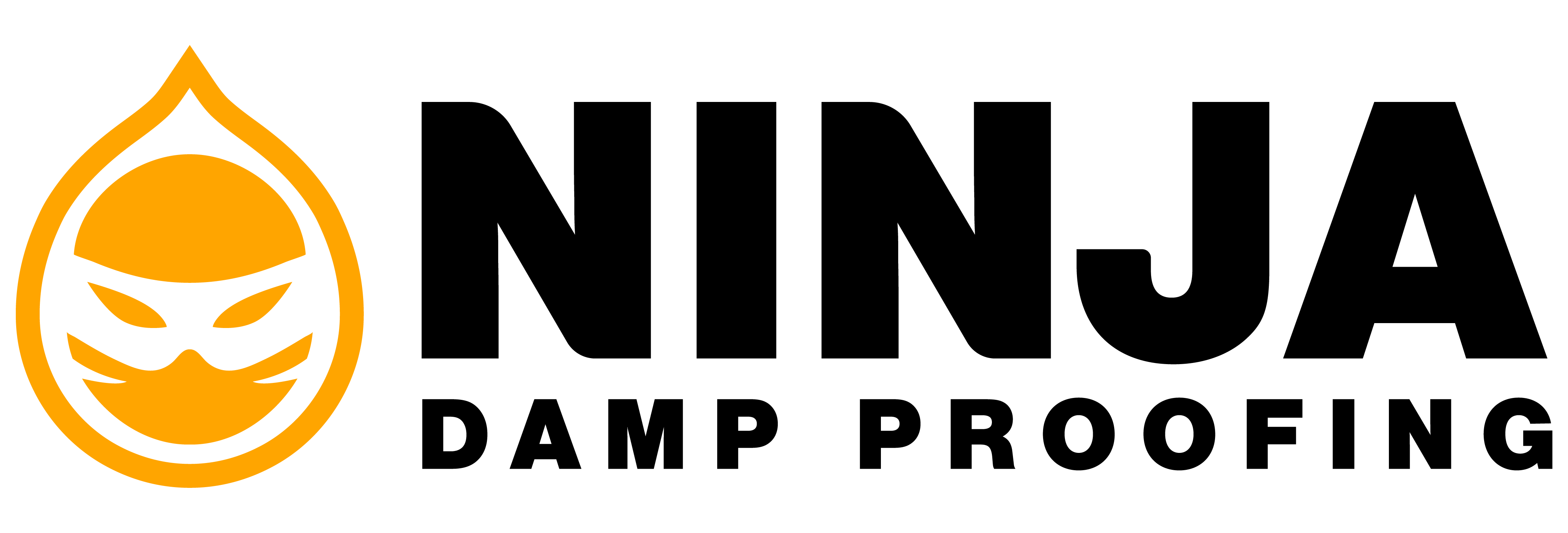Case Study
January 2025 Blog
Condensation and Mould: The Role of Positive Input Ventilation (PIV) Units
Condensation and mould are common issues for many property owners in Glasgow and across Scotland, particularly in areas with high humidity levels and cooler climates. While condensation might start as a minor inconvenience, if left unchecked, it can quickly escalate into a breeding ground for black mould, causing damage to your property and posing serious health risks.
One effective solution to combat these problems is the installation of a Positive Input Ventilation (PIV) unit. However, PIV units aren’t always necessary, and understanding when they should or shouldn’t be used is key to maintaining a healthy indoor environment. Let’s dive deeper into condensation, mould, and the role of PIV units.
What Causes Condensation and Mould?
Condensation occurs when warm, moist air meets a cold surface, like windows, walls or poorly insulated areas. This moisture then settles, creating a damp environment where mould spores can thrive. Factors contributing to condensation include:
- Poor ventilation.
- High humidity levels from daily activities like cooking, bathing and drying clothes indoors.
- Inadequate insulation, leading to cold spots on walls.
Mould, especially black mould, often follows persistent condensation, feeding on the damp conditions and spreading across affected surfaces.
What is a Positive Input Ventilation (PIV) Unit?
A PIV unit is a mechanical ventilation system designed to improve airflow in a property. It works by gently introducing fresh, filtered air from the outside or loft space into your home. This constant supply of fresh air dilutes moisture laden air, reducing condensation and preventing mould growth.
When Should a PIV Unit Be Installed?
PIV units are particularly effective in severe cases of condensation and mould, where traditional methods of ventilation have failed or aren’t feasible. Here’s when they are most appropriate:
- Heavy Condensation and Mould Growth
If a property has persistent condensation on windows, cold walls and visible mould despite efforts to ventilate, a PIV unit can be the solution. Its ability to introduce fresh air and push out stale, moist air makes it invaluable in these situations. - Poor Natural Ventilation
In properties like modern flats or houses that are well sealed for energy efficiency, there is often a lack of natural airflow. PIV units counteract this by creating a controlled flow of air without compromising the building’s insulation. - Type of Property
• Flats and Apartments: Flats, particularly those on higher floors, often suffer from poor airflow due to limited windows and shared ventilation systems. A PIV unit can help maintain a steady air exchange.
•. Houses: In houses, particularly older ones with solid walls or poor insulation, PIV units installed in loft spaces can distribute fresh air effectively throughout the home.
•. Commercial Buildings: For businesses, especially those with high footfall or activities generating moisture (e.g. bathroom, kitchens), PIV units can improve air quality and protect the property from damage.
When is a PIV Unit Not Required?
In less severe cases, other solutions can often resolve condensation and mould issues without the need for a PIV unit. These include:
- Improving Natural Ventilation
Simple steps like opening windows, installing trickle vents or using extractor fans in kitchens and bathrooms can be sufficient to reduce humidity in many cases. - Using Dehumidifiers
For mild condensation issues, a portable dehumidifier can help remove excess moisture from the air. This is a cost effective solution for localised problems. - Addressing Insulation Issues
Cold surfaces are a primary cause of condensation. Installing thermal insulation or using thermal coating can reduce cold spots and minimise the risk of moisture buildup.
Making the Right Choice for Your Property
When deciding whether a PIV unit is necessary, it’s essential to consider the specific conditions of your property:
- Age and Type: Older properties with solid walls and poor ventilation are more likely to benefit from a PIV unit.
- Severity of the Issue: For minor condensation and mould, non-invasive measures like extractor fans and dehumidifiers may suffice. For chronic issues, especially in flats and sealed homes, a PIV unit is often the best solution.
- Property Layout: The effectiveness of a PIV unit depends on proper airflow throughout the property. If rooms are isolated or poorly connected, additional ventilation solutions might be needed.
Why PIV Units Shine in Severe Cases
PIV units are a long term solution for properties where traditional ventilation methods have failed. By consistently introducing fresh air and removing moisture laden air, they not only combat condensation and mould but also improve overall indoor air quality.
However, not every property requires a PIV unit. In many cases, addressing the root cause of moisture with improved insulation, better natural ventilation or targeted dehumidification can solve the problem. For severe cases, particularly in flats and older homes, a PIV unit can make a world of difference.
At Ninja Damp Proofing, we assess each property individually to recommend the best solution for your needs. Whether it’s a PIV unit or other moisture control methods, we’re here to help you create a healthier, mould free environment.
Emergency Service
Lorem ipsum dolor sit amet, consectetur adipiscing elit. Ut elit tellus, luctus nec ullamcorper mattis, pulvinar dapibus leo.
Satifaction Guarantee
Lorem ipsum dolor sit amet, consectetur adipiscing elit. Ut elit tellus, luctus nec ullamcorper mattis, pulvinar dapibus leo.
No Uprfront Payment
Lorem ipsum dolor sit amet, consectetur adipiscing elit. Ut elit tellus, luctus nec ullamcorper mattis, pulvinar dapibus leo.
20 Years of Experience
Lorem ipsum dolor sit amet, consectetur adipiscing elit. Ut elit tellus, luctus nec ullamcorper mattis, pulvinar dapibus leo.

